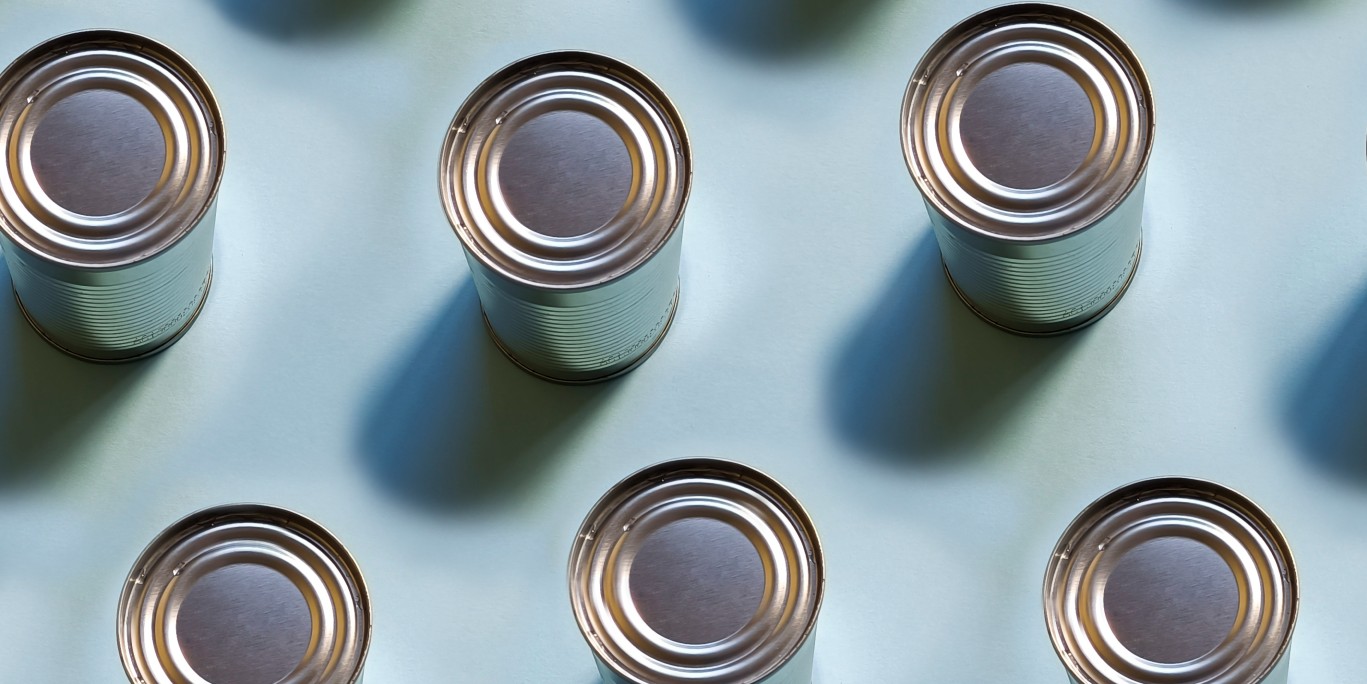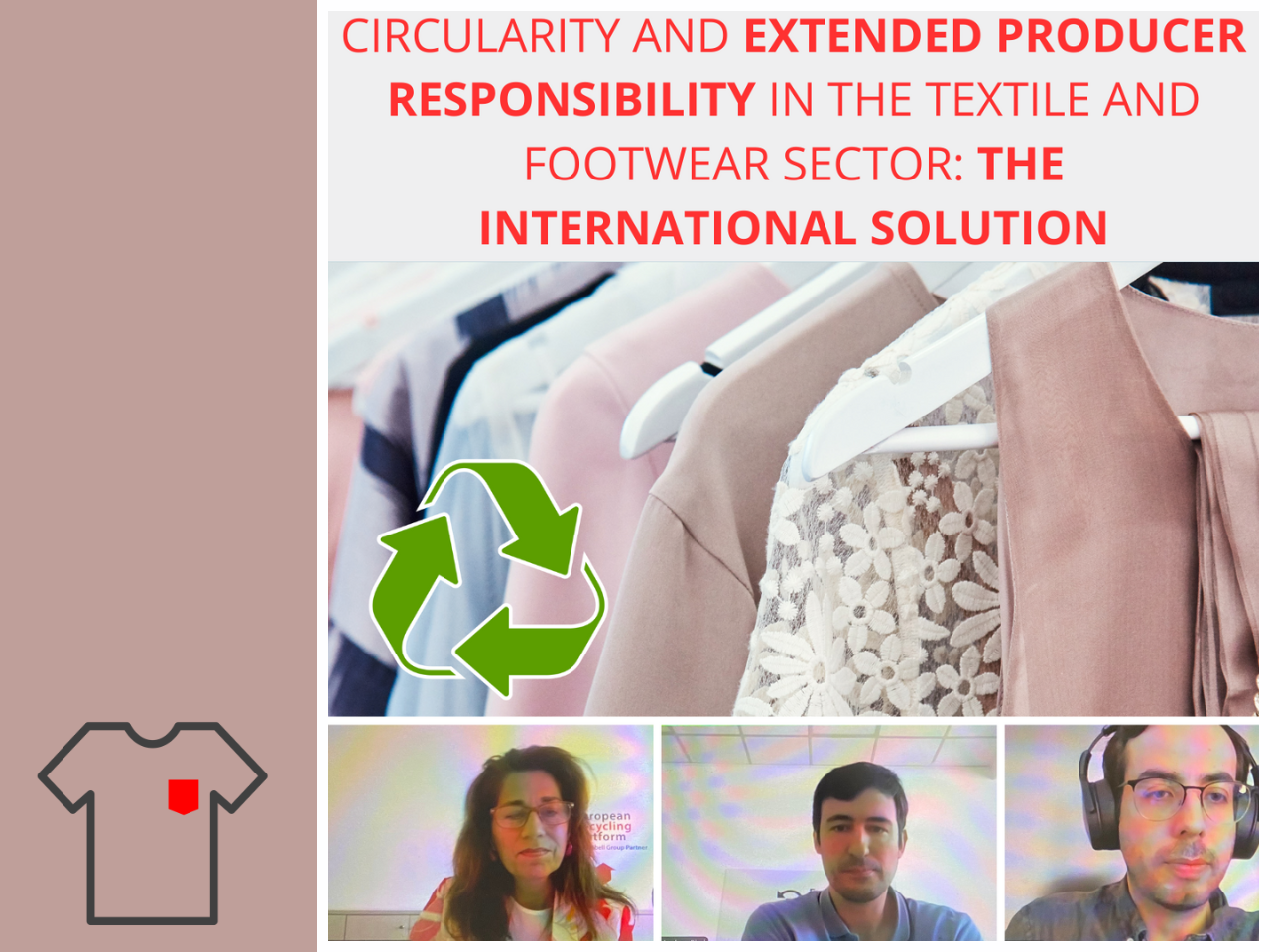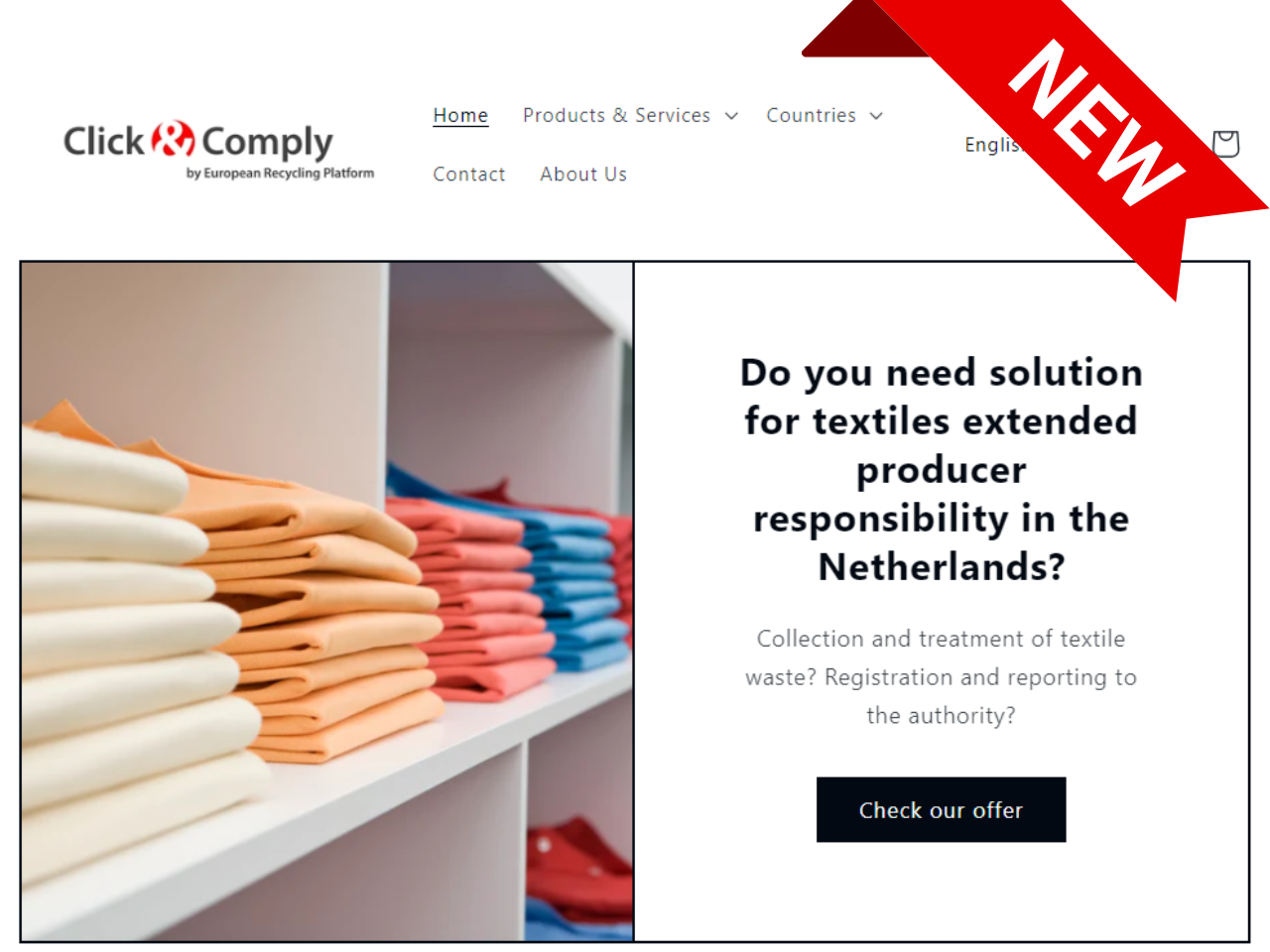What changes worldwide could have the biggest impact on the circular economy? Read our selection for you for December 2022.
New statistics on packaging waste
The European Commission’s Directorate-General Eurostat has published new statistics on packaging waste from 2009 to 2020 in the European Union, showing how waste generation and recycling rates have changed over this time.
According to the report, a total of 79.3 million tonnes of packaging waste was produced in 2020, a 25.2% increase over 2009. There were increases in all types of packaging waste, especially plastic, paper, cardboard and wood packaging. Growth was particularly strong for plastic waste, with a value of 26.7%.
While waste generation per inhabitant has increased by 18.2% since 2009, recovery and recycling volumes have increased even more, by 25.2% and 21.5% respectively. Both recovery and recycling saw steady increases through to 2016, but have since fallen back to 2011 levels.
On a positive note, the European Union is currently meeting or exceeding the targets set out in the Packaging Waste Directive.
Focus on… Alberta
The Canadian Province of Alberta, through the Order of Council 346/2022, has established two extended producer responsibility (EPR) programs for:
- Single-use products, packaging and printed paper (PPP), and
- Hazardous and special products (HSP)
PPP include:
- paper products such as newspapers, packaging, cardboard, printed paper and magazines
- plastics (both rigid and flexible), and
- metal and glass from the residential sector
Alberta’s EPR framework does not include PPP from the industrial, commercial and institutional sectors, only residential products.
HSP include:
- consumer-sized solid, liquid, and gaseous products that are flammable, corrosive, and toxic
- batteries, and
- pesticides
The system does not include HSP products sold in industrial sizes. In addition, hazardous and special products covered under existing stewardship programmes (for beverage containers, tyres, paint, electronics and used oil materials) are not included under HSP to avoid duplicating requirements.
Alberta is one of the jurisdictions covered by Landbell Group’s regulatory tracking service. Find out more about the service here.
Focus on… California
The California Plastic Pollution Prevention and Packaging Producer Responsibility Act, approved by the State’s Governor earlier this year, covers certain single-use packaging and plastic single-use food service ware.
Under the new legislation’s provisions, producers will be required to source reduced plastic covered material, ensure that covered material offered for sale, distributed in, or imported into the state on or after January 1, 2032, is recyclable or compostable, and guarantee compliance with specified recycling rates for the plastic covered material.
In the context of the law, “covered material” means single-use packaging that is routinely recycled, disposed of, or discarded after its contents have been used or unpackaged, and typically not refilled or otherwise reused by the producer.
It also covers plastic single-use food service ware, including plastic-coated paper or plastic-coated paperboard, paper or paperboard with plastic intentionally added during the manufacturing process, and multilayer flexible material.
Producers shall ensure that all covered material offered for sale, distributed in, or imported into the state is eligible for being labelled as “compostable” (in accordance with existing legislation), and is recyclable (a recycling rate of not less than 65% percent shall be achieved on or after January 1, 2032, with two intermediate targets of 30% and 40% in 2028 and 2030 respectively).
The legislation also prohibits a producer from selling, offering for sale, importing, or distributing covered materials in the state unless the producer is approved to participate in the producer responsibility plan of a producer responsibility organization (PRO), as prescribed, for the source reduction, collection, processing, and recycling of covered material.
Alternatively, a producer could comply with the act individually under certain conditions. In both cases, the law imposes requirements on PROs and producers (such as registration, reporting, recordkeeping, and auditing).
The law provides that a PRO shall establish a charge for its participant producers, which is sufficient to ensure the requirements of the act are met. The act also provides for eco-modulated fees charged to producers, which are designed to be an incentive for them to use sustainable, recyclable or reusable materials. Sanctions and enforcement measures are also provided.
Furthermore, the Act provides for the creation of the California Circular Economy Fund, into which a PRO shall contribute.
California is one of the jurisdictions covered by Landbell Group’s regulatory tracking service. Find out more about the service here.
Sign up for our monthly
report COMPASS here:
Your email











